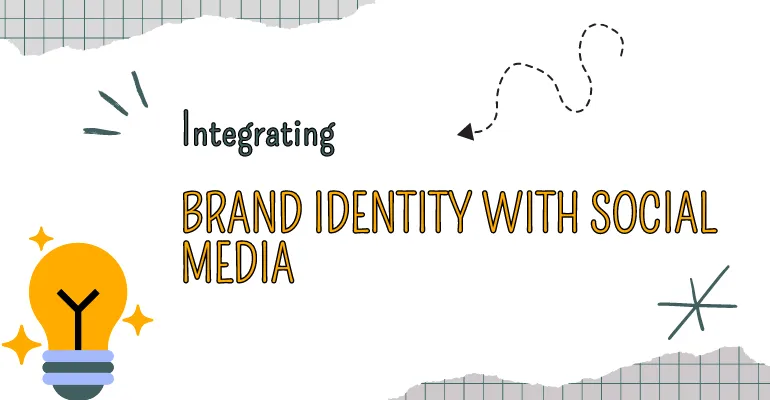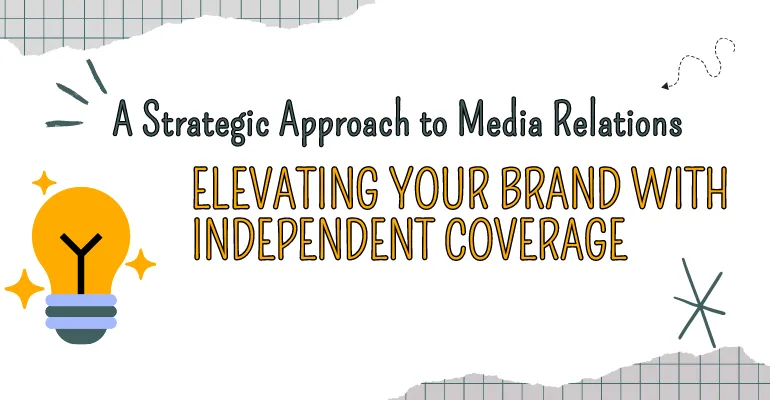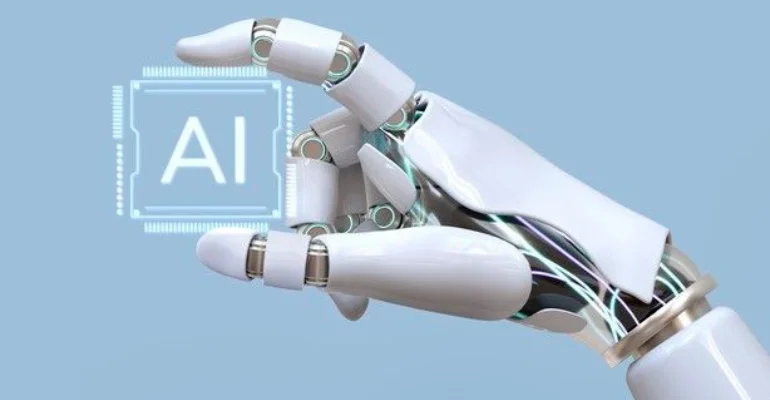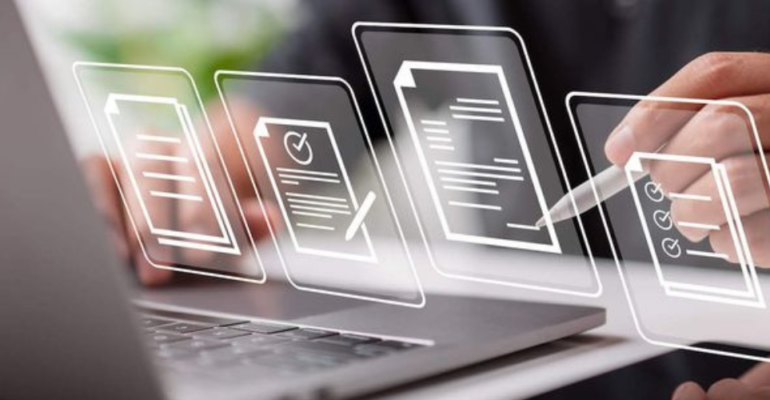Building Long-Term Brand Awareness in the UAE
In a competitive and rapidly evolving market like the UAE, brand awareness is not a one-time event but an ongoing journey. Establishing a strong brand presence requires consistent effort, strategy, and a deep understanding of the region’s unique business landscape. Whether you are a local company or an international brand looking to expand, long-term brand awareness is essential to remain top of mind and relevant in the market.
Why Long-Term Brand Awareness Matters
Brand awareness is about more than just visibility—it’s about creating a lasting impression in the minds of your customers. In the UAE, where new brands are constantly emerging, long-term awareness ensures that your brand remains competitive and trustworthy. A well-known brand enjoys greater customer loyalty, higher trust levels, and increased sales.
By consistently engaging with your target audience through different touchpoints, you build relationships that can sustain your business over time. While short-term campaigns may generate immediate sales or buzz, it is the long-term strategies that cement your brand’s identity.
Strategies for Building Long-Term Brand Awareness in the UAE
1. Consistent Digital Presence
The UAE has a vibrant digital ecosystem with some of the highest internet penetration rates globally. To maintain long-term brand awareness, consistency in your digital presence is key. Whether through social media, blogs, or SEO, your brand needs to be continuously active online.
SEO and Content Marketing: Regularly publish valuable, localized content that addresses the needs of your target audience. Content marketing not only improves SEO but also helps you build authority and keep your brand relevant.
Social Media Engagement: UAE consumers are highly engaged on social platforms like Instagram, Facebook, and TikTok. Regular updates, interactive posts, and creative campaigns keep your audience connected to your brand over the long term.
2. Localized Branding
The UAE is a culturally diverse nation with an expat population from various parts of the world. To build long-term awareness, brands need to localize their messaging while also appealing to global audiences. Understanding the local culture, values, and language is essential to make a deeper connection.
Bilingual Campaigns: Ensure that your branding and marketing messages are available in both Arabic and English, appealing to the region’s broad demographic.
Cultural Sensitivity: Reflecting respect for local customs and traditions in your branding efforts, such as during Ramadan or UAE National Day, helps foster goodwill and recognition.
3. Brand Partnerships and Collaborations
In the UAE, cooperation is a powerful tool for long-term brand awareness. By aligning with complementary brands, businesses can increase exposure and credibility. Brand collaborations, sponsorships, and joint ventures allow you to tap into new audiences and elevate your brand.
Strategic Collaborations: Partnering with established local brands can give you credibility and help you build trust in a new market. Collaborative campaigns offer a mutual benefit, expanding reach and creating shared value.
Event Sponsorships: Sponsoring high-profile events, exhibitions, or festivals in the UAE, such as the Dubai Expo or local trade shows, can keep your brand visible in front of large, diverse audiences.
4. Building Customer Loyalty Programs
Long-term brand awareness thrives on customer loyalty. Establishing a solid base of repeat customers is not only profitable but also promotes word-of-mouth marketing. Loyalty programs that reward customer engagement over time help build long-term relationships with your audience.
Loyalty Rewards: Offer exclusive benefits for repeat customers through personalized offers, discounts, or loyalty points.
Customer Experience: Invest in delivering an exceptional customer experience that goes beyond the purchase. The happier your customers are, the more likely they will share their positive experiences with others.
5. Leverage Influencer Marketing
Influencer marketing continues to be a powerful tool in the UAE. Long-term brand awareness can be enhanced by partnering with influencers who resonate with your target audience. Influencers can help maintain continuous visibility, creating authentic content that keeps your brand in the conversation.
Long-term Influencer Partnerships: Build relationships with influencers for ongoing campaigns, rather than one-off promotions. This ensures consistent exposure to their followers.
Micro-Influencers: In addition to large influencers, micro-influencers with smaller but highly engaged followings can generate a more authentic connection with your audience.
The Long View: Thinking Beyond Short-Term Gains
While short-term wins are important, building a brand that stands the test of time in the UAE requires patience, consistency, and strategic thinking. Long-term brand awareness is about creating a lasting emotional connection with your audience, one that drives loyalty and trust. It’s about being present, adaptable, and authentic in every interaction with your customers.
Brands that focus on sustained efforts, from digital presence to partnerships and customer loyalty, will be the ones that thrive in the UAE’s dynamic marketplace.













